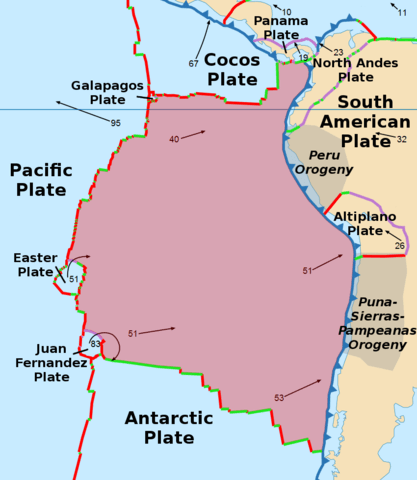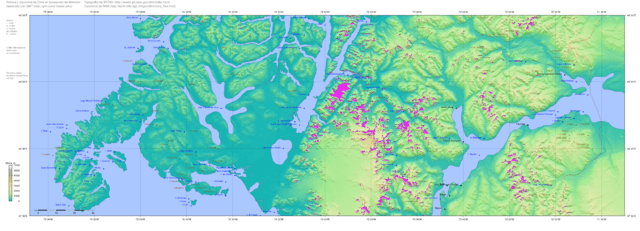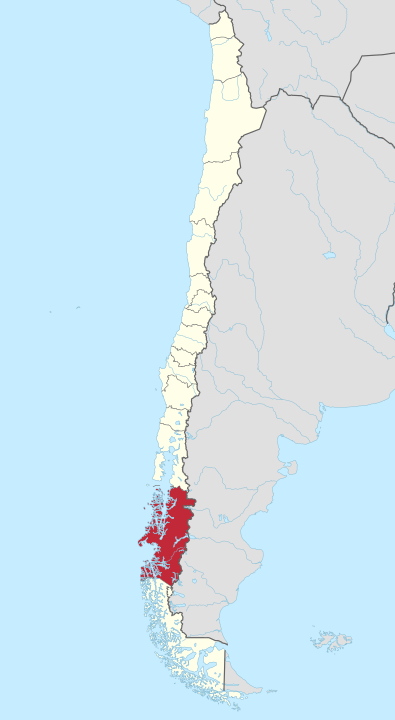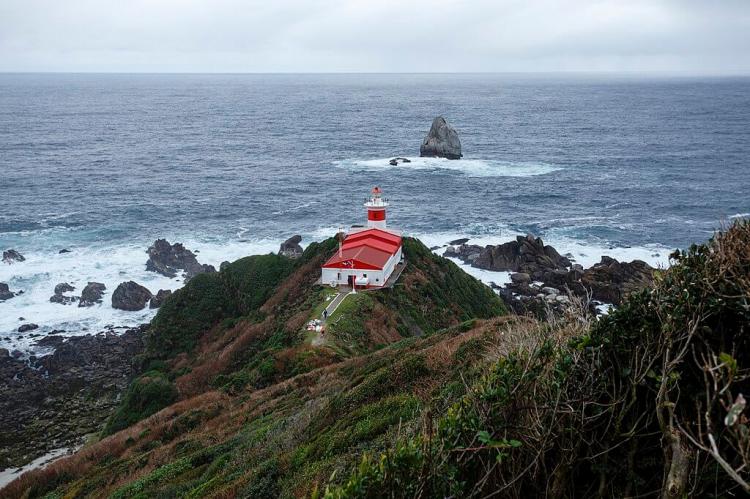The Chile Triple Junction and the Dynamic Taitao and Tres Montes Peninsulas
The Chile Triple Junction is a convergence point for the South American, Nazca, and Antarctic tectonic plates. The Taitao Peninsula showcases diverse landscapes and ecological significance. The Tres Montes Peninsula adds to the geological narrative with unique vegetation and features.
The Chile Triple Junction and Taitao and Tres Montes Peninsulas: Exploring the Geological Marvels Off the Southern Coast of Chile
The Chile Triple Junction, located on the Pacific Ocean seafloor off the Taitao and Tres Montes Peninsulas, serves as a remarkable convergence point for three major tectonic plates: the South American Plate, the Nazca Plate, and the Antarctic Plate. This geological triple junction showcases a rare interplay of subduction and divergence, with the mid-oceanic ridge, known as the Chile Rise, being subducted under the South American Plate at the Peru-Chile Trench. The unique history of this junction, evolving over millions of years, has led to its current position in front of the Taitao Peninsula.
Subduction and Spreading Dynamics
What sets the Chile Triple Junction apart is its status as the only modern site on Earth where a subduction zone is actively swallowing a spreading mid-ocean ridge crest at a continental margin. As a result, the Chile Rise persists in its spreading motion even as it is thrust beneath the continental margin of South America. This geological phenomenon presents an ongoing narrative of subduction and spreading dynamics that continually shape the Earth's crust.
Historic Quake and Tsunami
In 1960, the Chilean subduction zone, home to the Chile Triple Junction, witnessed the largest earthquake ever recorded. With a magnitude of 9.8, the quake ruptured over 1,000 kilometers (621 miles) along the Chile margin. This seismic event triggered a powerful tsunami that reverberated across the Pacific Ocean, causing extensive damage as far away as Japan. The 1960 earthquake is a seismic testament to the immense forces in this dynamic region.

Map of the Nazca Plate: the Chile Triple Junction is located on the lower right where the Nazca meets the Antarctic and South American plates.
Taitao Peninsula: A Geological Spectacle
Near the Chile Triple Junction, the Taitao Peninsula emerges as a westward projection of the Chile mainland, connected by the narrow Isthmus of Ofqui. This region, nestled within the Aysén del General Carlos Ibáñez del Campo Region, boasts diverse landscapes. From the shores of Presidente Ríos Lake to the higher mountains with cushion peatlands, the Taitao Peninsula is a geological spectacle, with features like the Taitao ophiolite reflecting the dynamics of the nearby triple junction.
Research indicates that the Taitao Peninsula is not only a geological spectacle but also an ecological site of importance. The pristine Presidente Ríos Lake, with a surface area of 352 square kilometers (136 square miles), supports a rich biodiversity. It is home to unique species of fish and waterfowl, adding an ecological dimension to the peninsula's significance.
Ongoing ecological studies emphasize the importance of preserving the Taitao Peninsula's unique habitats. Efforts are being made to understand and conserve the biodiversity of the Presidente Ríos Lake, recognizing its role as a haven for distinct species in this geological hotspot. A part of the peninsula is located inside the boundaries of Laguna San Rafael National Park.
Tres Montes Peninsula: Southwestward Marvel
The Tres Montes Peninsula, a southwestward projection of the Taitao Peninsula, adds another layer to the geological narrative. Connected to the mainland by the narrow Isthmus of Ofqui, this region in the Aysén del General Carlos Ibáñez del Campo Region is close to the Chile Triple Junction. As part of the intricate Chilean landscape, the Tres Montes Peninsula showcases diverse vegetation types, from shrublands to peatlands and forests, offering a visual spectacle at the meeting point of three major tectonic plates.
Recent studies highlight the significance of the Tres Montes Peninsula in understanding the region's geological history. Geological features like coastal cliffs and rock formations provide valuable insights into past tectonic activities and environmental changes, contributing to our understanding of the Earth's dynamic processes.
In Summary
The Chile Triple Junction and the adjoining Taitao and Tres Montes Peninsulas present an enthralling story of tectonic convergence, subduction, and spreading dynamics. From historic seismic events to the diverse landscapes of these peninsulas, this region stands as a testament to the Earth's ever-evolving geological saga, enriched by ecological and geological insights from reputable sources.

Topography map of southern Chile with Taitao and Tres Montes peninsulas at far lower left

Map depicting the Región Aysén del General Carlos Ibáñez del Campo, Chile.
